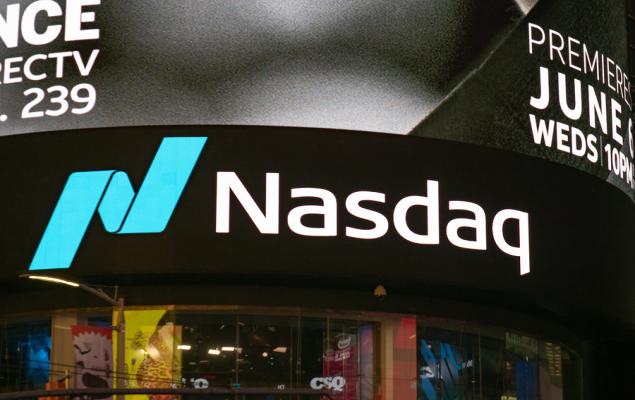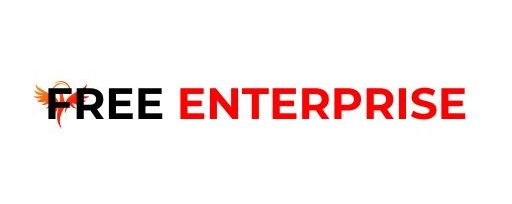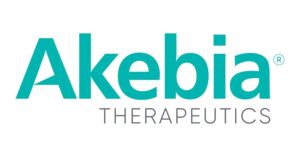
<!-- HTML_TAG_START -->Zacks Investment Research<!-- HTML_TAG_END -->
Nasdaq Inc. NDAQ has been trading below its 50-day simple moving average (SMA), signaling a short-term bearish trend. The share price as of Dec. 31, 2024, was $77.38, down 7.7% from its 52-week high of $83.77.
The 50-day SMA is a key indicator for traders and analysts to identify support and resistance levels. It is considered particularly important as this is the first marker of an uptrend or downtrend.
Nasdaq has been successful in maximizing opportunities as a technology and analytics provider and growing core marketplace business. Its focus on market technology and information services helps businesses explore vast opportunities that are in line with its developmental strategies.
Image Source: Zacks Investment Research
Shares of Nasdaq have rallied 35.8% in a year, outperforming the industry’s 16.2% increase, the Finance sector’s growth of 20% and the Zacks S&P 500 composite’s gain of 25.2% in the same time frame.
Image Source: Zacks Investment Research
Based on short-term price targets offered by 18 analysts, the Zacks average price target is $85.11 per share. The average suggests a potential 10.1% upside from Tuesday’s closing price.
The bottom-line estimate for 2025 is pegged at $3.12, indicating an 11.8% year-over-year increase on 7.4% higher revenues of $5 billion. The expected long-term earnings growth rate is 9.2%, better than the industry’s 8.5%.
Return on equity, which reflects the company’s efficiency in utilizing shareholders’ funds, was 11.6% in the trailing 12 months, better than the industry’s average of 13.3%.
Return on invested capital (ROIC) has remained around 10% over the past few years. The company has raised its capital investment significantly, reflecting its efficiency in utilizing funds to generate income. ROIC in the trailing 12 months was 6.4%, higher than the industry average of 5%.
Nasdaq is poised to grow as it continues to generate more revenues from high-growth Market Technology and Investment Intelligence segments, forward R&D spending toward higher-growth products, expand its Anti-Financial Crime clientele and make innovations.
The company expects strong growth from its index and analytics businesses and moderate growth in its exchange data products across U.S. and Nordic equities. Nasdaq estimates Capital Access Platforms revenue growth of 5-8%, Financial Technology Revenue growth of 10-14% and total Solutions revenue growth of 8-11% over the medium term. Nasdaq estimates Solutions Business’ medium-term organic revenue growth to be in the range of 8-11%.
Nasdaq pursues strategic buyouts to gain direct access to the Canadian equities market, expand its technology offering and improve its market surveillance techniques.
Nasdaq noted that the anti-fin crime space has a total addressable market of $12.5 billion. Verafin consolidated Nasdaq’s established reg tech leadership to create a global SaaS leader. Nasdaq aims to achieve 40-50% SaaS revenues as a percentage of total revenues by 2025.
Nasdaq has been incurring higher expenses which in turn is inducing net margin contraction over time. Nasdaq expects non-GAAP operating expense growth of 5% to 8% over the medium term.
Due to a change in corporate structure, NDAQ is estimated to incur $115 million to $145 million in pretax charges, of which about 40% will be non-cash charges. Nonetheless, Nasdaq estimates benefits in the form of combined annual run rate operating efficiencies and revenue synergies of at least $30 million by 2025.
Nasdaq’s debt has been increasing over the last few years, with the debt-to-equity ratio comparing unfavorably with the industry average. Its lower times interest earned also concerns.




